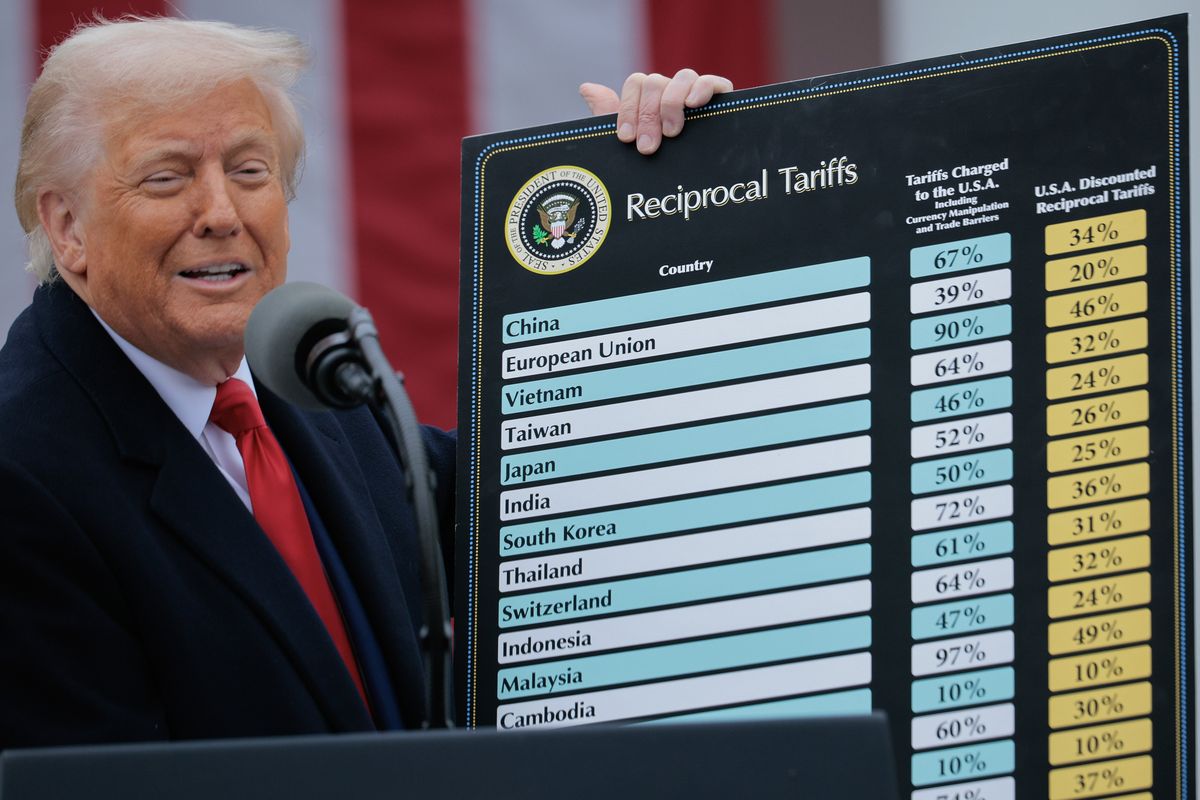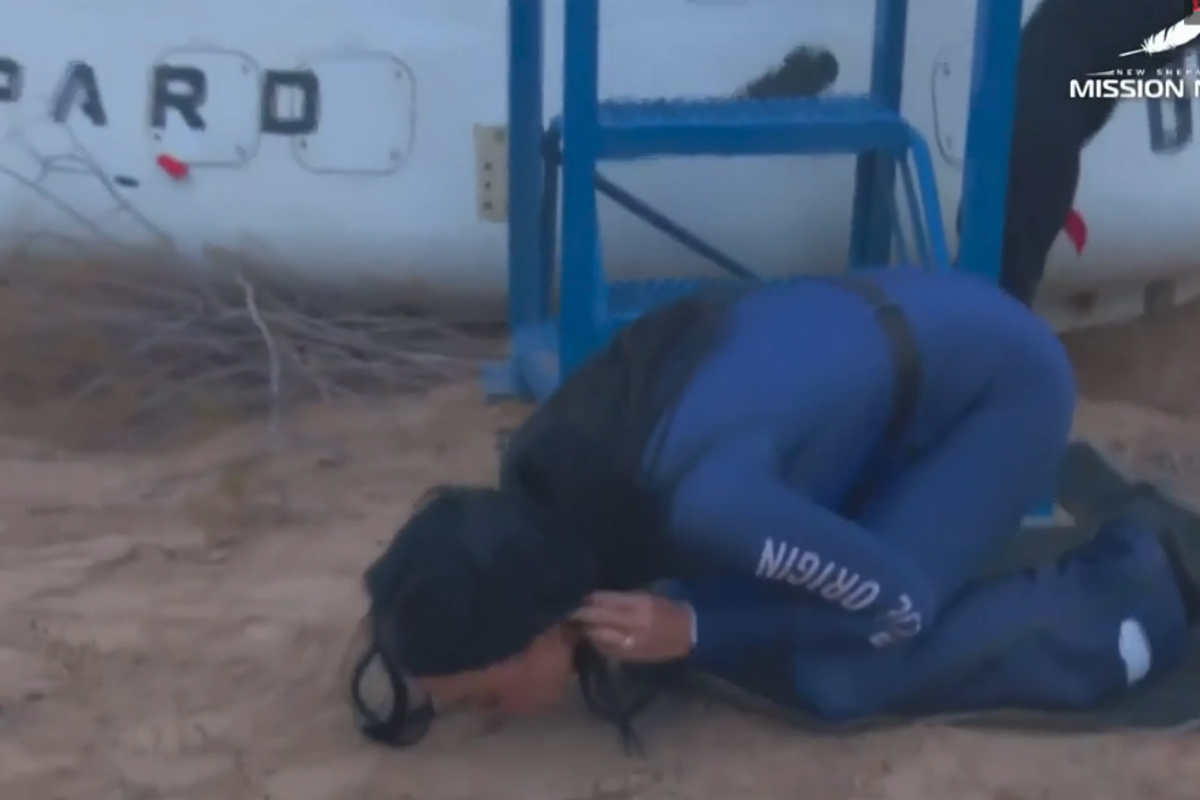Harriet Brewis
Jul 24, 2024
For the First Time Ever a Country Is Sharing Remains of Alleged …
ZMG - Veuer / VideoElephant
The discovery of suspected “alien mummies” in Peru has generated fresh excitement after a lawyer declared that their fingerprints are “not human”.
Two of the humanoid figures were unveiled to the world at a congress hearing in Mexico last September, during which ufologist Jaime Maussan presented them as 1,000-year-old “non-human entities” that likely came from “the depths of the universe”.
The revelation was met with fanfare and ridicule in equal measure, with sceptics dismissing the alleged ET corpses as the product of an elaborate hoax.
However, in the saga’s latest plot twist, an esteemed US attorney has examined one of the bodies – named “Maria” – and declared that its fingerprints don’t match those of humans.
Joshua McDowell, a former Colorado prosecutor and current defence lawyer, reviewed the controversial specimen alongside three independent forensic medical examiners, also from the US.
The group were shocked to find that the fingerprints on the apparent ancient remains were structured in perfectly straight lines.
“These were not traditional human fingerprint patterns,” McDowell, told theDaily Mail. “We did not see any loops or whirls on the prints of the fingers or on the toes.”
He added: “I’m a former prosecutor. I’m a criminal defence attorney. I’ve seen lots of fingerprints. And these were not classic fingerprints.”

Nevertheless, despite the strange nature of the prints, McDowell stressed that it would be “extremely premature” to draw any conclusions about the mummies’ origins.
One possible explanation for their bizarre straightness “could possibly have something to do with the way [their] skin was preserved,” he admitted.
Last year, researchers reportedly concluded that the “beings” had been buried for hundreds of years inside diatoms – a type of algae that doesn’t allow the growth of bacteria or fungi – which is how they remained so well preserved.
The “aliens,” dubbed “the Nazca mummies” after the Peruvian region where they were unearthed, made headlines around the world for their elongated heads and three-fingered hands.
During September's highly publicised Mexican congress hearing Maussan insisted that the bodies had been studied “in great depth” by both investigative journalists and scientists.
He said that researchers at the National Autonomous University of Mexico (UNAM) had used carbon dating to draw DNA evidence from the skeletal specimens and that they’d found that more than 30 per cent of the extracted DNA was “unknown”.
He also claimed that tests revealed that the bodies contained implants made of extremely rare metals, and that one of the corpses contained eggs.

Maussan maintained that the supposed extraterrestrials were not mummies, but “whole, complete, bodies” that “have not been manipulated inside and that have a series of elements that make them truly extraordinary."
However, whilst hordes of UFO fanatics have rejoiced in the “proof” of alien existence, others remain unconvinced.
Indeed, in January, Peruvian authorities announced that the bodies were simply “dolls” that had been patched together with paper, glue and metal as well as human and animal bones.
“They are not extraterrestrials; they are not aliens,” forensic archaeologist Flavio Estrada told reporters.
Elsewhere, Latin American historian Christopher Heaney, pointed to the fact that pre-Columbian societies in Peru practised “head shaping,” resulting in craniums similar to those seen in the mummies.
He told the Mail that the “aliens” could simply be human remains that are hundreds of years old.

And yet, the fingerprint analysis suggests some of the mummies are either not dolls or were constructed by some other strange material.
In March, a pair of filmmakers working on a documentary about mummified remains claimed that X-rays revealed the mummies to be authentic.
Although, they conceded that rather than originate from another planet, the bodies could be evidence of a new species affected by “genetic manipulation.”
Sign up for our free Indy100 weekly newsletter
How to join the indy100's free WhatsApp channel
Have your say in our news democracy. Click the upvote icon at the top of the page to help raise this article through the indy100 rankings
Top 100
The Conversation (0)














